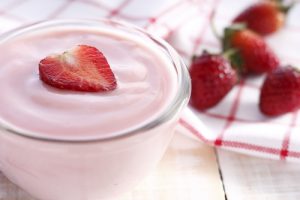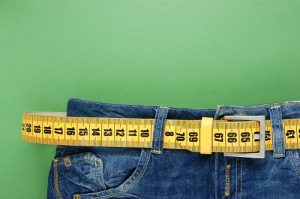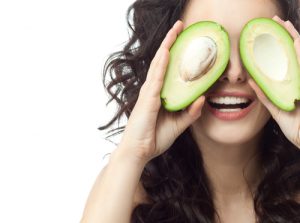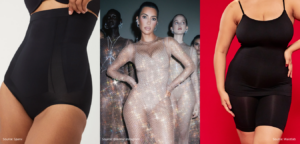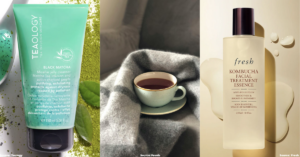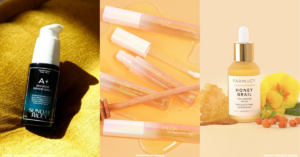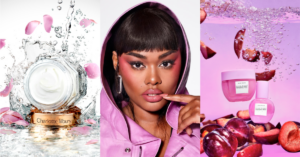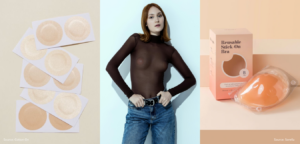Run safe in the sun! A runner’s guide to sun protection
A quick dab of sunscreen is not enough. Sweat and several hours of direct sun exposure will make a regular...
By: Beauty Insider Journalist / March 29, 2016
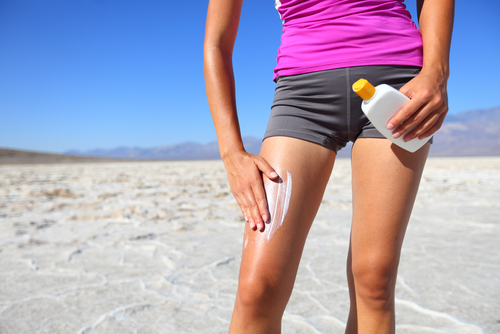
A quick dab of sunscreen is not enough. Sweat and several hours of direct sun exposure will make a regular sunscreen as effective as running in flip flops: yes, you can do it, but you’re not going to get very far without feeling the damage. To really protect your skin from sun damage – and protect yourself from fine lines, hyperpigmentation, dryness, flaking, and worst of all, cancer – use this runner’s guide to sun protection, from Beauty Insider and Just Run Lah, your go-to site for the Singapore running scene.
Face sunscreens for runners
Your sunscreen should at least be 40 SPF and give both UVA and UVB protection. Pick a sweat-resistant formula. Lotions are easier to apply, but the waxier formulas (usually in stick form) give precise application to areas that need extra protection such as dark spots or wrinkly patches on the forehead, and are less likely to melt when you sweat and irritate the eyes.

Members of runners’ forums have recommended Kiehl’s Facial Fuel UV Guard SPF 50, Banana Boat Ultra Defense Face Stick precisely because it stays put even when they’re working up a good sweat. Banana Boat is water-resistant for up to 80 minutes and is used by both runners and swimmers.
By the way, most runners forget to apply sunscreen on the bottom lip (a common skin cancer spot) and the tips of the ears.
Body sunscreens for runners
Most people don’t put enough sunscreen! Rule of thumb: one shotglass’ worth all over your body. Anything less means very thin layers that bring your sun protection to the equivalent of just an SPF 10 or 15.
Apply sunscreen at least 20 minutes before your run, and then reapply constantly after toweling dry. Bring a travel-sized bottle that fits in your pouch, or squirt some into a clear plastic jar (this also assures you that you’re reapplying enough). Coppertone Sports Broad Spectrum Sunscreen SPF 30 takes a while to rub in and absorb, but it’s not sticky and lasts longer between application. “I wore it during a 20-mile race and I finished the race just as pale as I started,” reviews one runner.
If you’re looking for a strong sunscreen that’s made of natural ingredients, try Badger Sports Broad Spectrum, SPF 35. It’s certified organic and natural, and made of sunflower oil, beeswax, jojoba oil, and vitamin E. The Environmental Working Group (EWG), which reviewed over 1,400 sunscreens, gave it top ratings for giving high protection with less risk for long-term health concerns.
Some runners recommend layering two kinds of sunscreen on very sunny days or long runs: a water-resistant stick, followed by a sunscreen lotion.
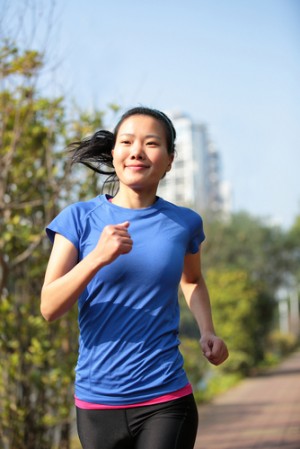
Sun-protective fabrics
There are technical fabrics that can block UV rays. According to http://www.skincancer.org/, the type of fiber, rightness, and weight of the weave, and even the colour can affect a clothing’s UPF (Ultraviolet Protection Factor). For example, a shirt with a UPF 50 will only allow 1/50th (or 2 percent) of the sun’s UV rays to pass through.
However, these shirts can be expensive. If you’re not ready to make the splurge, look for naturally protective fabrics. Unbleached cotton contains lignins, a special pigment that absorbs UV. Satiny silk and shiny polyesters can also reflect some radiation. Thicker, tightly woven fabrics also give more protection than a light, loosely woven fabric. To check, hold it up to the light – the more you can see through it, the more light (and UV radiation) can pass through. Darker fabrics also tend to be more effective at blocking the sun.
For more running tips, and news and interviews from the Singapore running scene, visit the Just Run Lah website.


